We all love a good cleaning hack. They save us time, make life easier, and make us feel pretty cool when we do them. When a cleaning hack works, it’s almost like an exploit or a real-life cheat that makes us feel a bit like alchemists. Bathroom and kitchen cleaning hacks are especially useful because they make the house’s hardest areas easier to clean.
After all, who wouldn’t want a stove cleaning hack that gave their gas range a like-new shine, or a toilet cleaning hack that got rid of an unpleasant odor, and were all more affordable and chemical-free? Unfortunately, for all the cleaning hacks out there that fizzle and pop, some are just plain old duds. Here are a few popular cleaning hacks that might work on TikTok, but are useless or even dangerous in real life. These hacks all seem like they would work, but they have significant drawbacks which could cause some unintended negative consequences.
Home Cleaning Hack Myths
Using Coca Cola as a Toilet Cleaner
We start with a well-known toilet cleaning hack that sounds like it might just work. The average can of Coca-Cola is of course filled with phosphoric acid designed to keep the ten teaspoons of sugar inside from sticking together in a big syrupy mess. Surely, that acid can also act as a stain remover and give your water closet a shine that would make Mr. Clean envious?
Alas, this just isn’t the case. Coca-Cola can remove rust and some stains, but anyone who has spilled Coke on the floor knows that once that acid is gone, a sticky brown mess is all that’s left behind. If that syrupy stuff is left in your commode, it will increase bacteria growth since bacteria love sugar. So, using Coke as a toilet cleaner only means more work for you since you’ll have to clean the toilet again after using your Coke “toilet cleaner”. When all is said and done, a purpose-made toilet cleaner is always going to be better than a sticky soft drink.
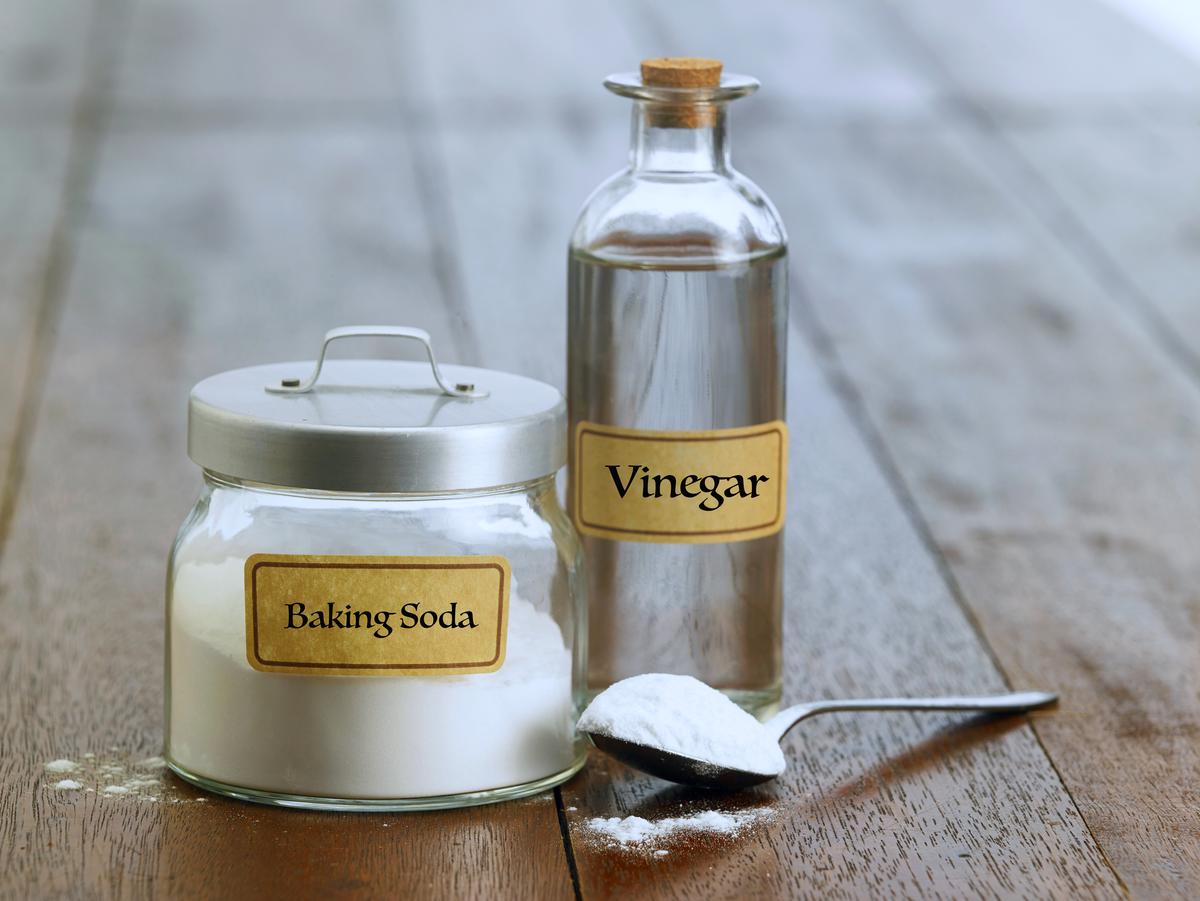
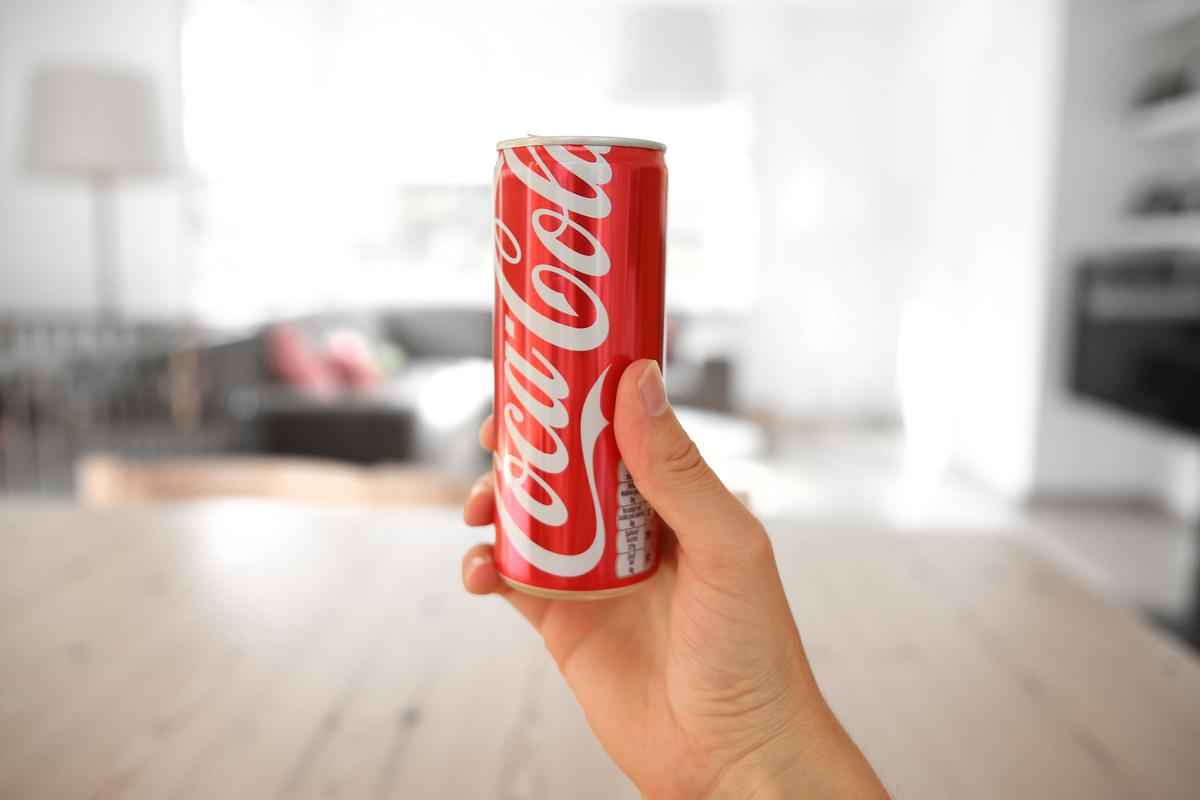
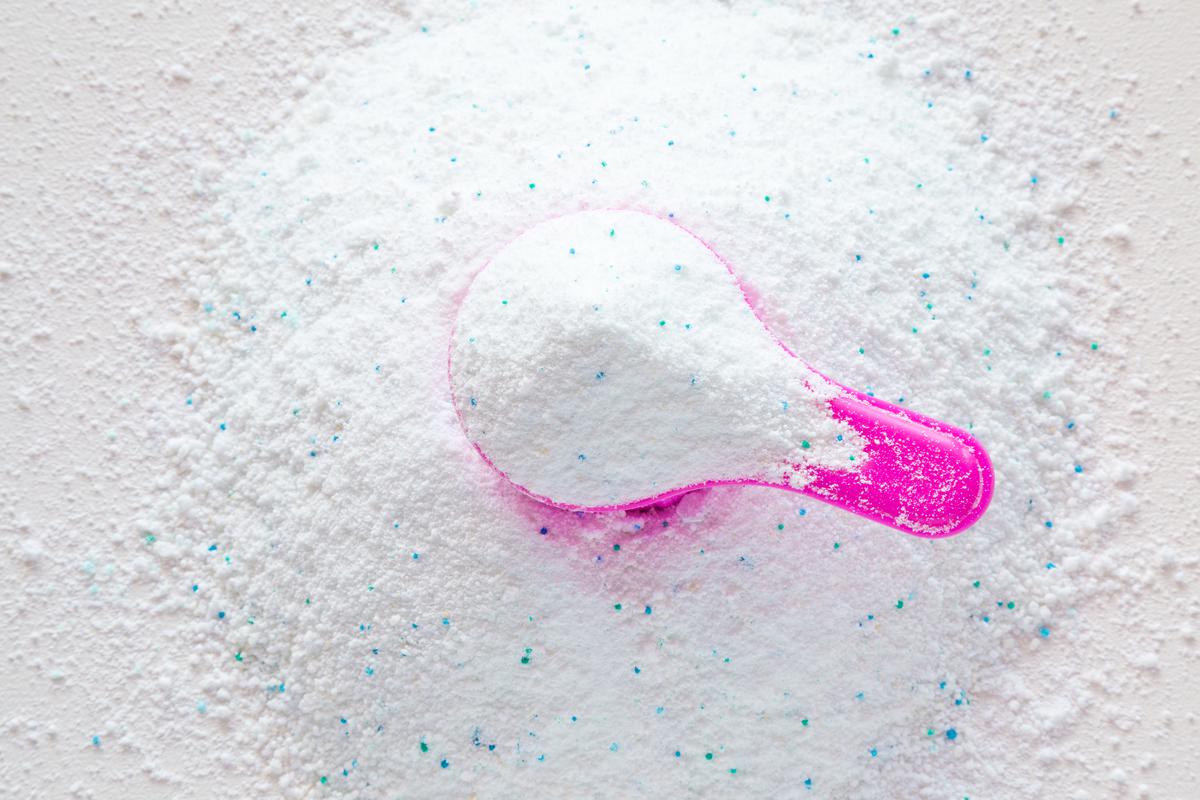
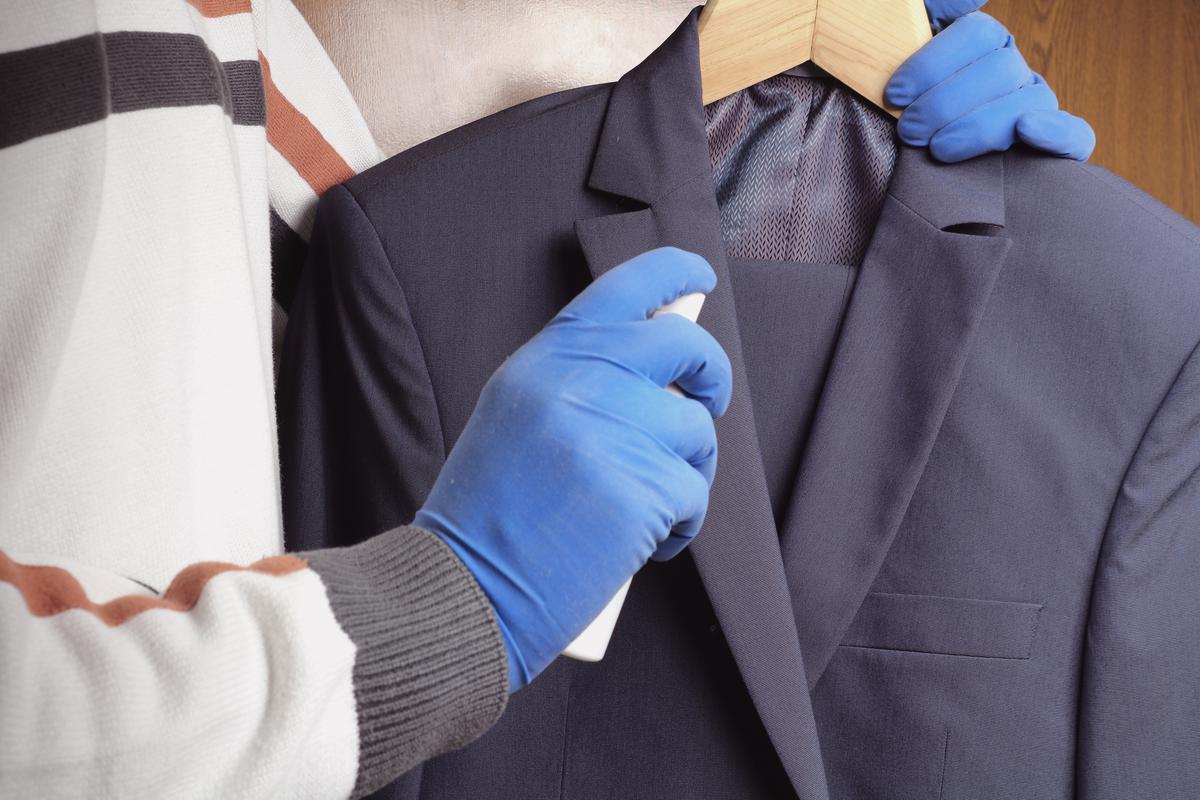
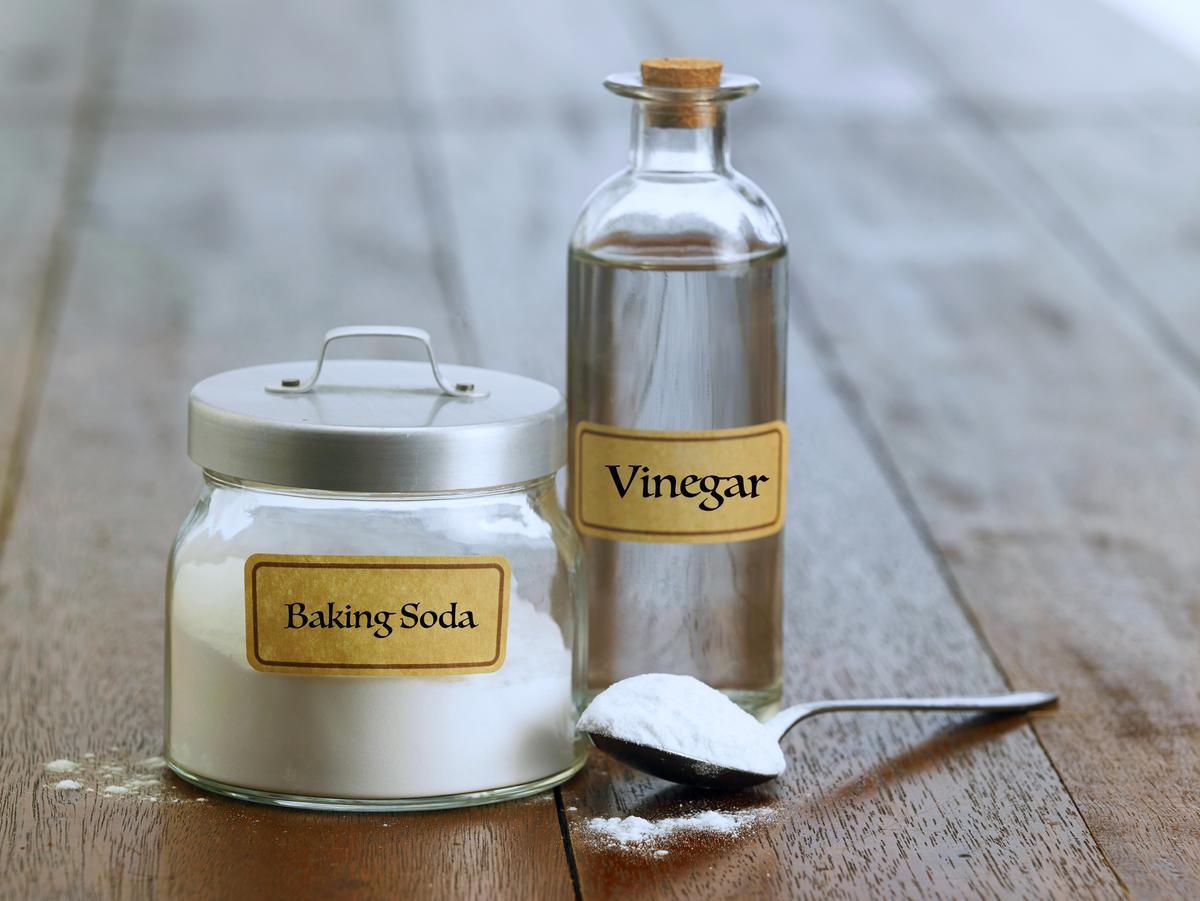
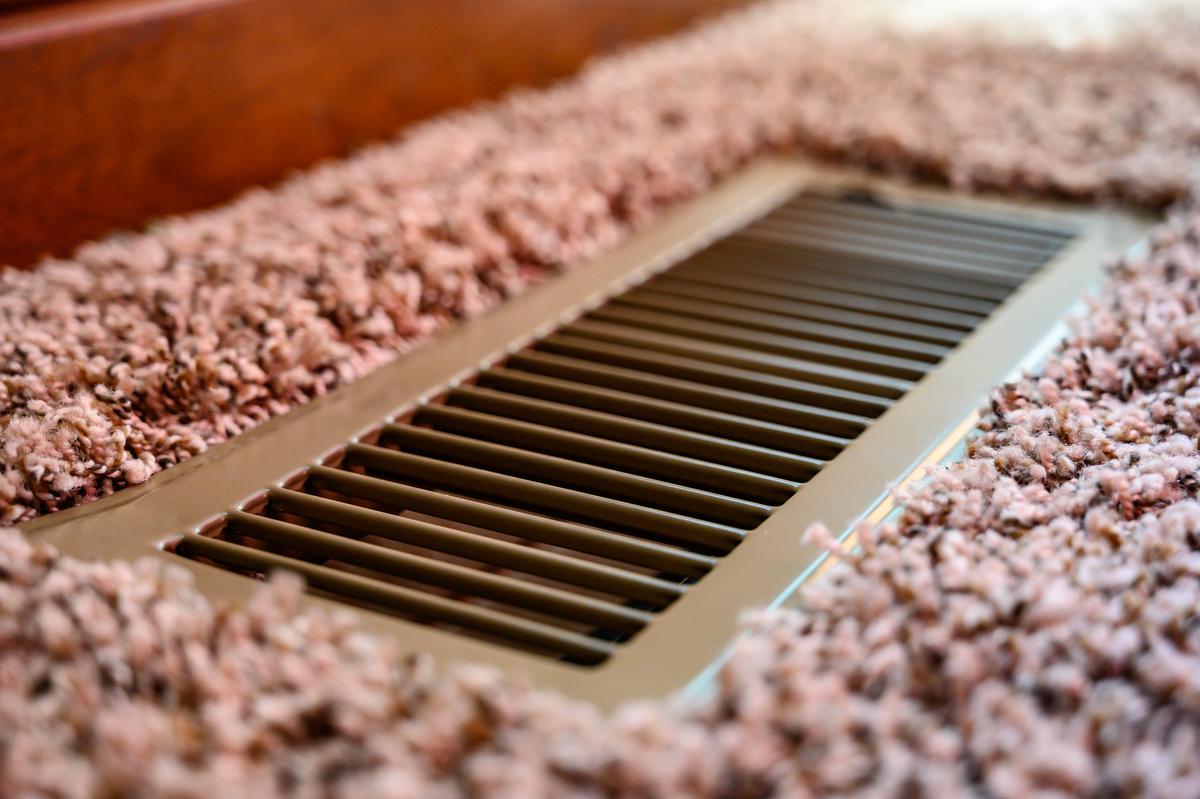
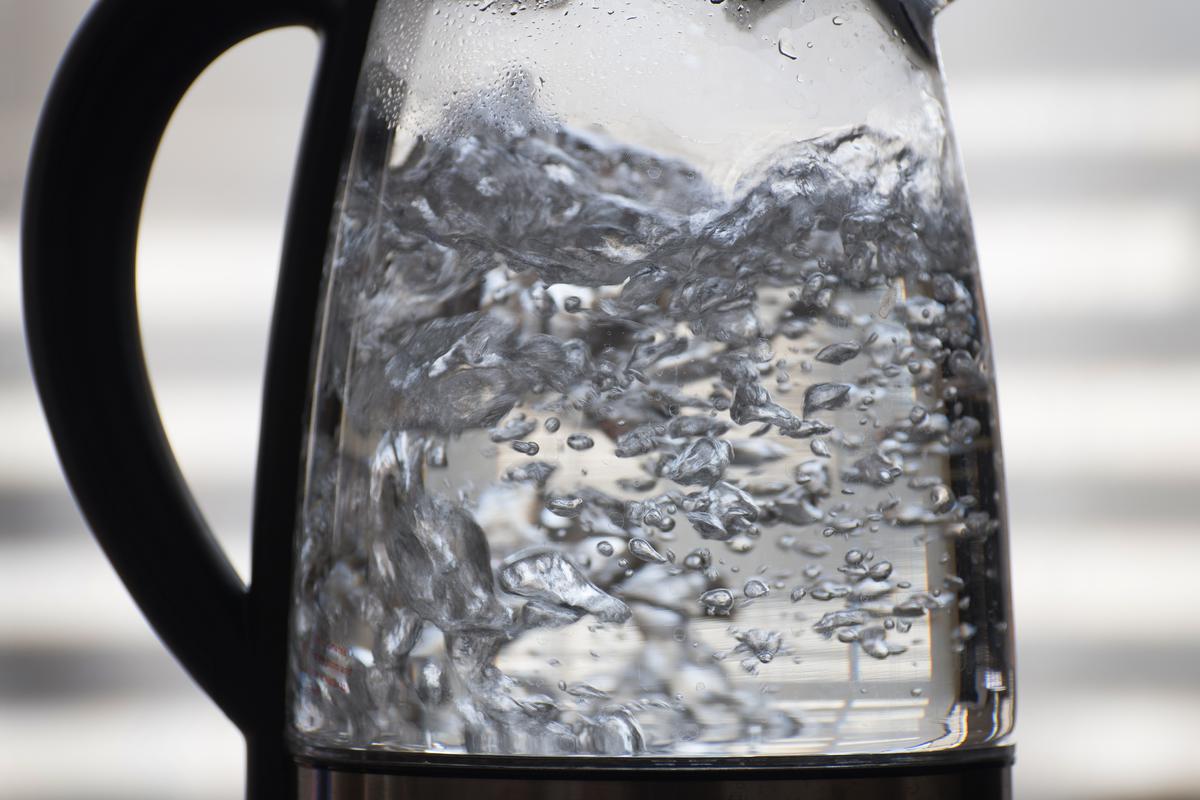
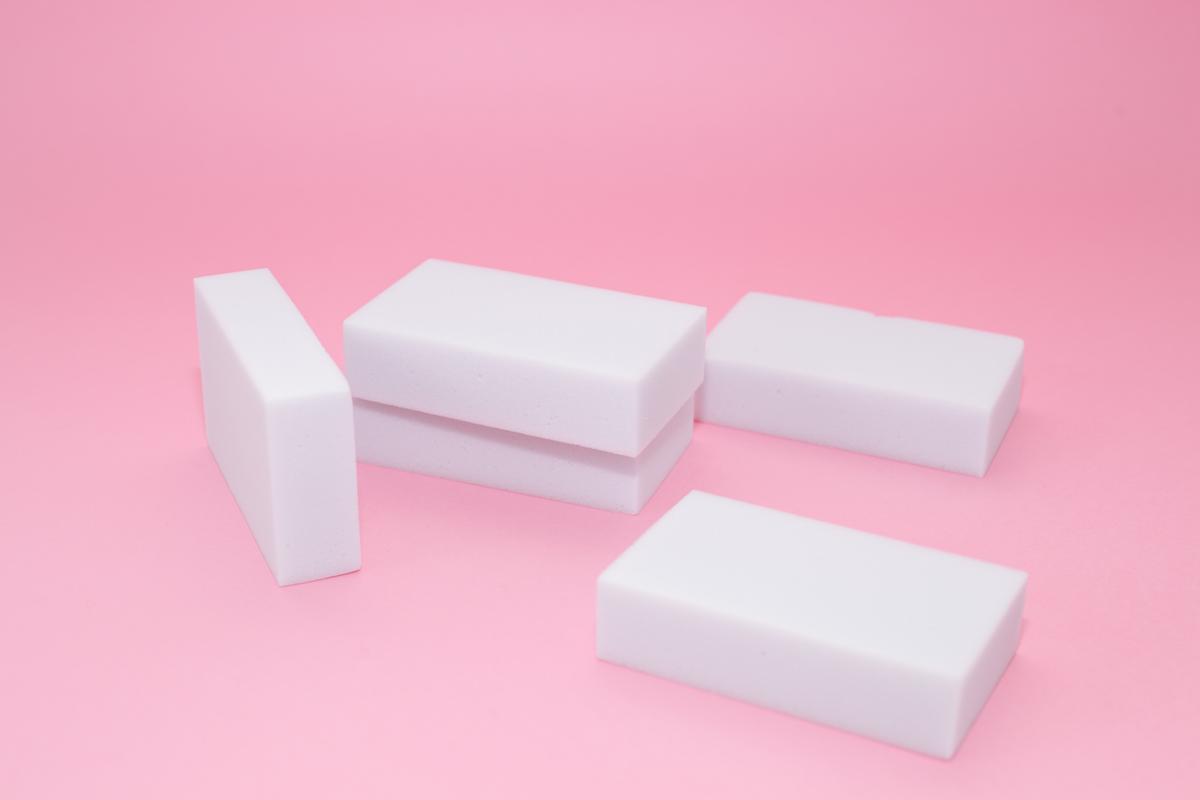
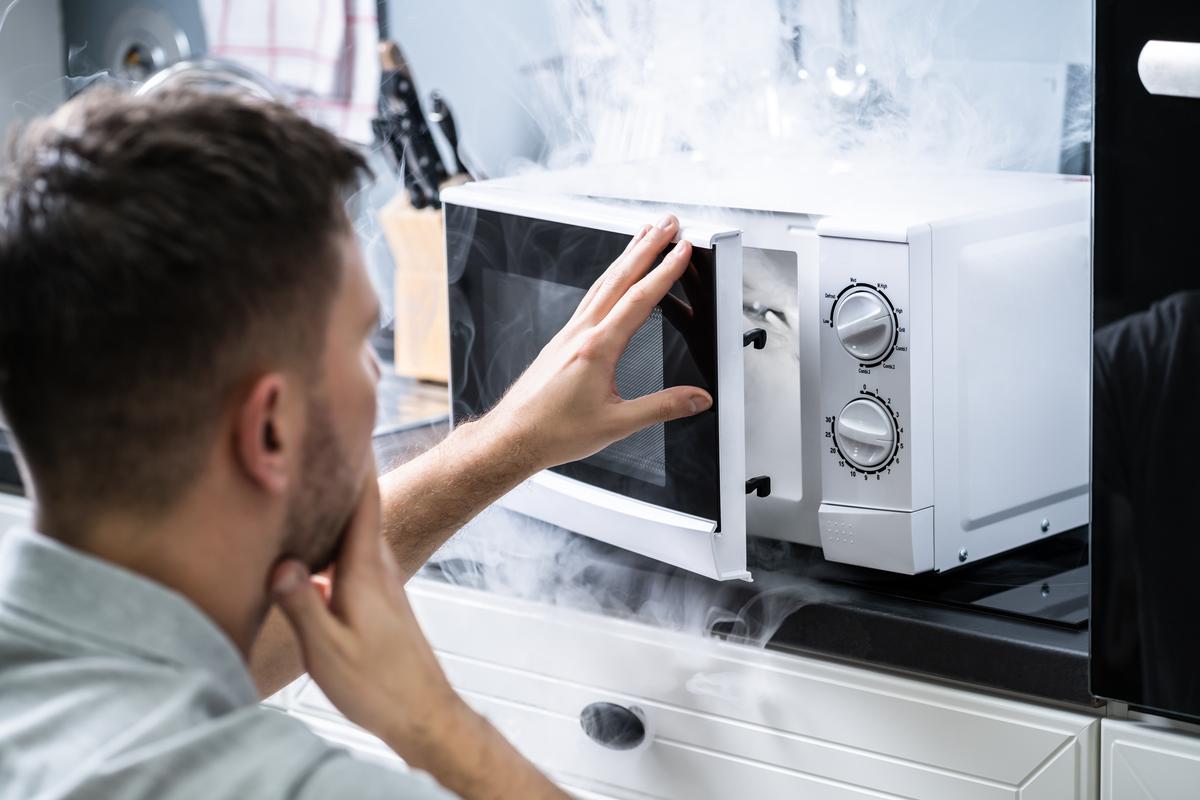

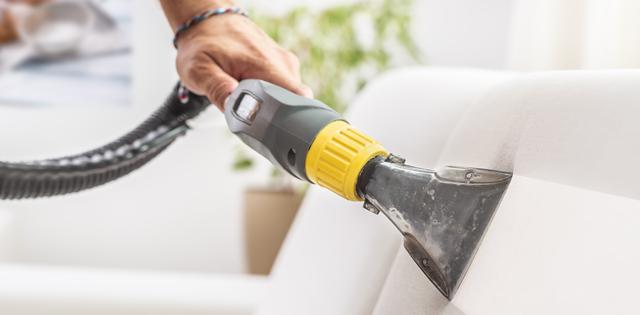
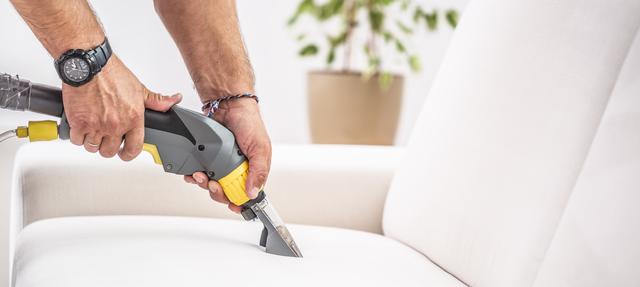
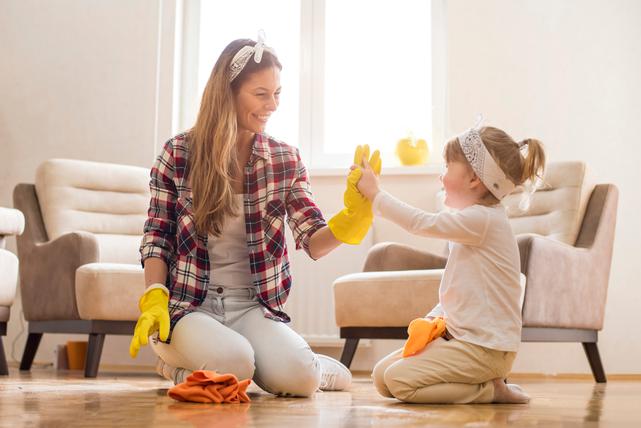
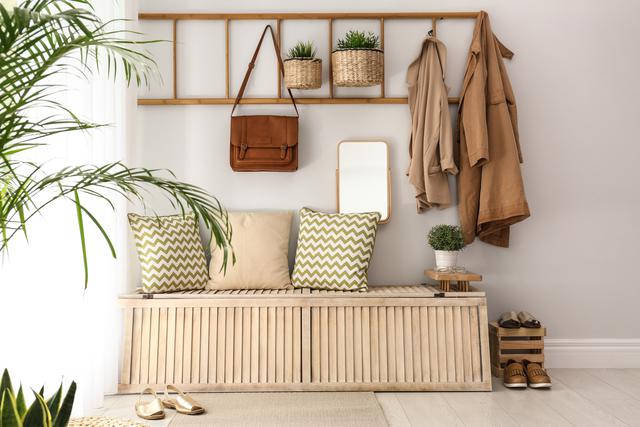
comments